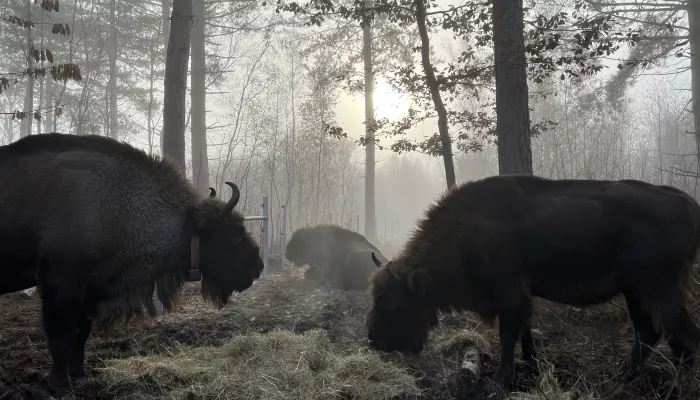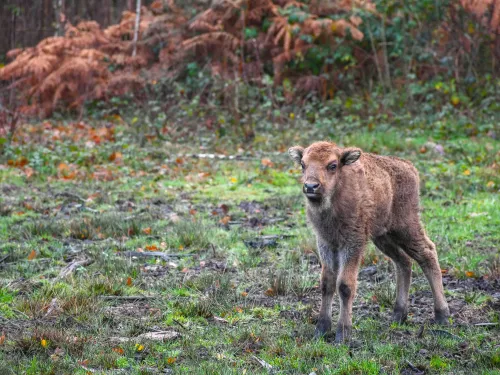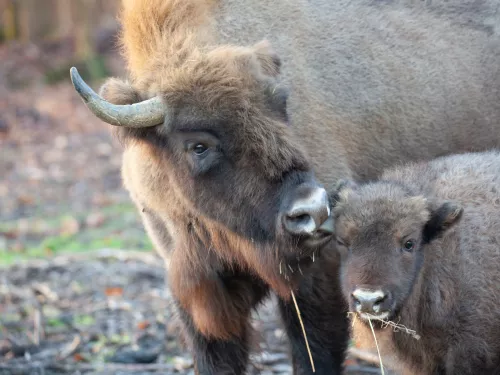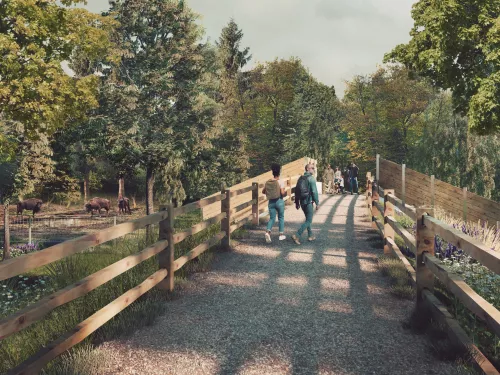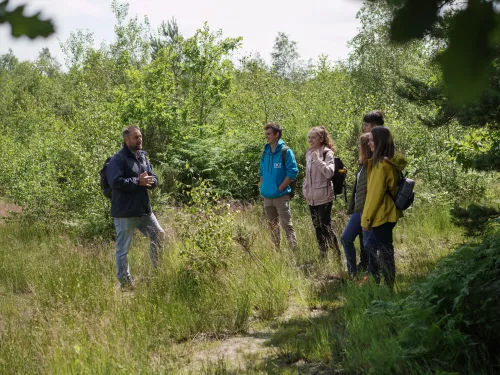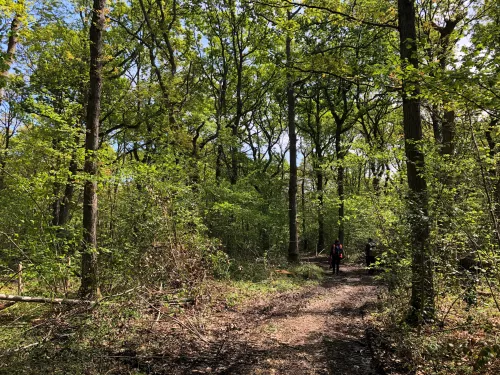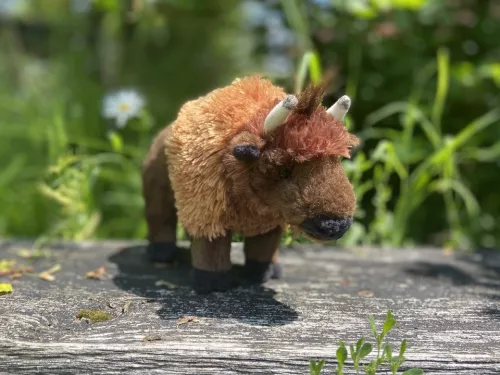What is the #WilderBlean project?
In the UK, lack of woodland management is one of the eight biggest drivers of species decline.
Thanks to funds raised by players of People’s Postcode Lottery, Kent Wildlife Trust and Wildwood Trust have partnered up to show how European bison can provide a sustainable solution to woodland management in south east England.
Similar projects across Europe have proved that bison, known as ‘ecosystem engineers’, can restore the natural biodiversity of a landscape. Natural bison behaviours - grazing, dust bathing, eating bark and felling trees - enable other species to thrive. The presence of bison at the Blean, alongside Exmoor ponies and Iron-Age pigs, will transform the woods into a lush, thriving, biodiverse environment once more and allow us to step back from hands-on management.
View our FAQs to discover more about this incredible project and how our ecosystem engineers will help to manage this habitat and how you can get involved too.
A key part of this project has involved and will continue to involve extensive consultation and engagement with local landowners, interest groups, and residents who know and love this area. Read on below and sign-up to find out more about this project and hear the latest news and updates about the impact our ecosystem engineers are having on their habitat.
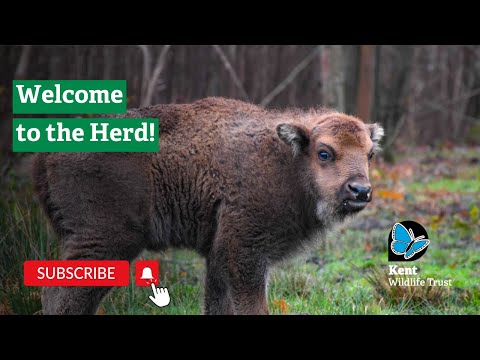
by Tim Horton
The herd is growing...
Why did we embark on this project?
In the UK, we’re headed for increasing species extinctions in the next 10 years.
At Kent Wildlife Trust, we know that the key to enabling species to survive and thrive is to create a nature recovery network, of bigger, better quality, and more joined up habitats
Species in the UK are declining at their fastest rate for thousands of years according to the latest State of Nature report and unfortunately, human management alone is not enough to create the kinds of habitats species need.
What we need are natural solutions and this is why we’ve taken the strategy one step further, by promoting ‘Wilding’ across some of our sites in Kent. Wilding is when nature is given the tools and space it needs to recover itself and has the potential to increase the abundance of biodiversity to levels beyond what human management achieves and helps store carbon.
How will we measure its success?
In order to demonstrate the incredible potential of wilding as a nature-based solution to the climate and nature crises, it is crucial that we monitor each project site very carefully.
Our fantastic conservation evidence team and volunteers are out on site all the time conducting extensive fieldwork and analysing data on almost everything on site, including soil health, insect and animal abundance, vegetation structure and natural processes.
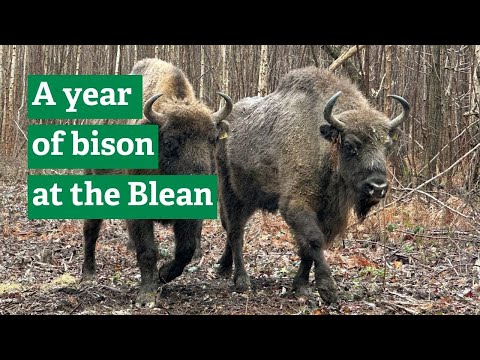
Year 1
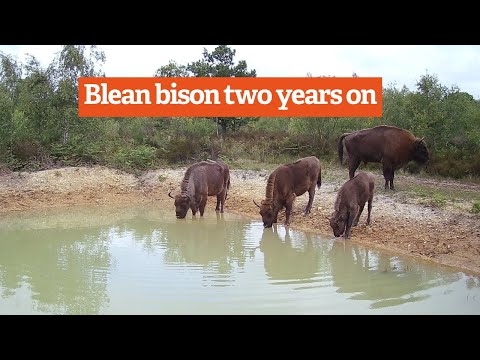
Year 2
How can you support the project?
Frequently asked questions
-
What is the Wilder Blean project?
Kent Wildlife Trust, in partnership with Wildwood Trust, have embarked on a first for UK conservation: introducing European bison as natural woodland management in West Blean & Thornden Woods, near Canterbury in East Kent.
-
How is this project 'Wilding'?
This project is not about 're-wilding', it's about ‘wilding’: introducing the right “ecosystem engineer" species to the environment to improve habitats naturally.
-
Why European bison?
Bison manage habitats in a way that no other animal can. Find out why bison were chosen for this pioneering project in our frequently asked questions.
-
How will you measure the project's success?
In order to demonstrate the incredible potential of wildling as a nature-based solution to the climate and nature crises, it is crucial that we monitor the Blean very carefully.
-
How do I get involved?
A key part of this project will be extensive consultation and engagement with local landowners, interest groups and residents who know and love this area. Find out how you can get involved.
-
What does this project mean for me?
Local people are fundamental to the success of this project. We have been holding local stakeholder group discussions so that we can hear any of your concerns and keep you informed of the project as it develops.
-
How did you prepare the Blean?
In order to welcome the first wild bison herd to the UK, some preparation had to be undertaken so that both animals and people can enjoy the Blean.
-
What can I expect when visiting Blean woods?
Read more about the best way to visit, whether you'll be able to catch a glimpse of the bison, and how we're ensuring yours and wildlife's safety on site.
-
How does woodland management work?
Learn about different types of woodland management from coppicing to pollarding and how they all work - including the ways that bison are natural woodland managers.
Latest news & blogs
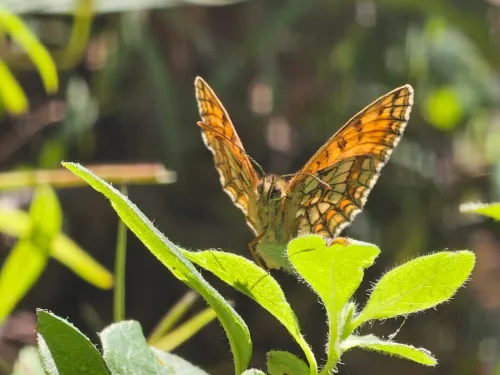
Meet the enchanting heath fritillary butterfly
This rare butterfly relies on wild woodlands - learn more & support its future.
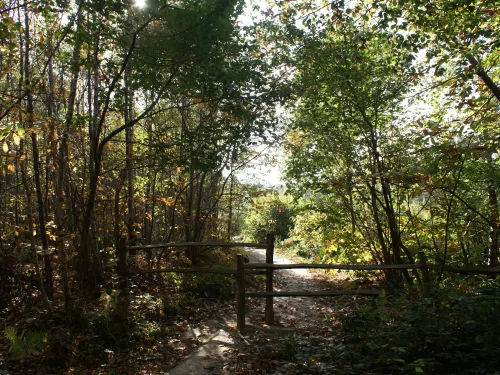
Nature Organisations Welcome Canterbury City Council’s Decision to Save The Blean!
Kent Wildlife Trust and CPRE Kent welcome the decision by Canterbury City Council to remove a controversial site for large-scale development in the heart of the Blean woodland complex from its 2040 draft Local Plan.
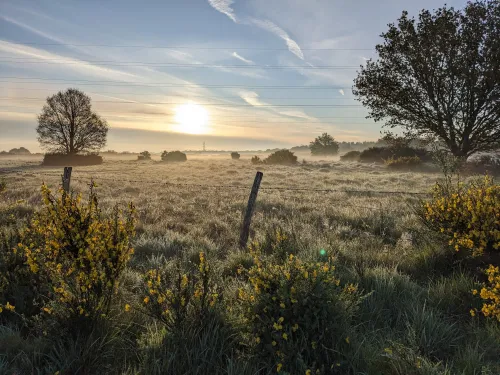
Major win for nature as Canterbury’s Old Park and Chequers Wood gains protected status
Conservationists and local volunteers are celebrating after Old Park and Chequers Wood, a unique green space on the eastern fringe of Canterbury, has been officially designated as a Local Wildlife Site (LWS).

Bison and Butterfly storytelling workshop - Creativity and Conservation hand-in-hand
This week, pupils at Herne Junior and Herne Infants were treated to a very special experience as part of their journey to connect with local wildlife and the natural world. Kent Wildlife Trust’s education team joined forces with New York Times bestselling…
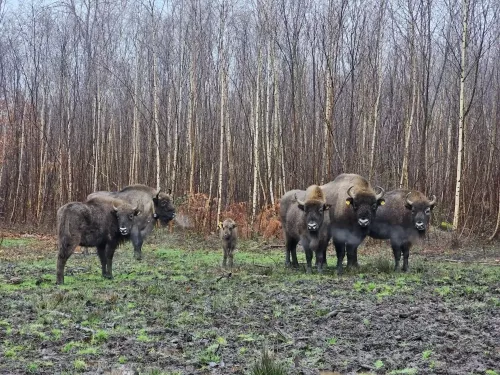
Meet the herd – the eight wild bison on a wilding journey in Canterbury
Since bison were released into West Blean and Thornden Woods on the outskirts of Canterbury, they have not only transformed the landscape but significantly grown in number.
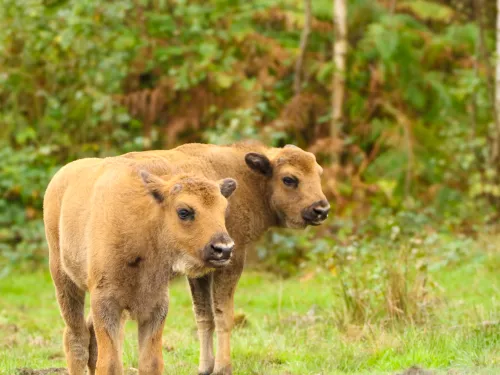
Welcome “two” the herd
Ground-breaking wilding project welcomes the birth of two female bison calves

